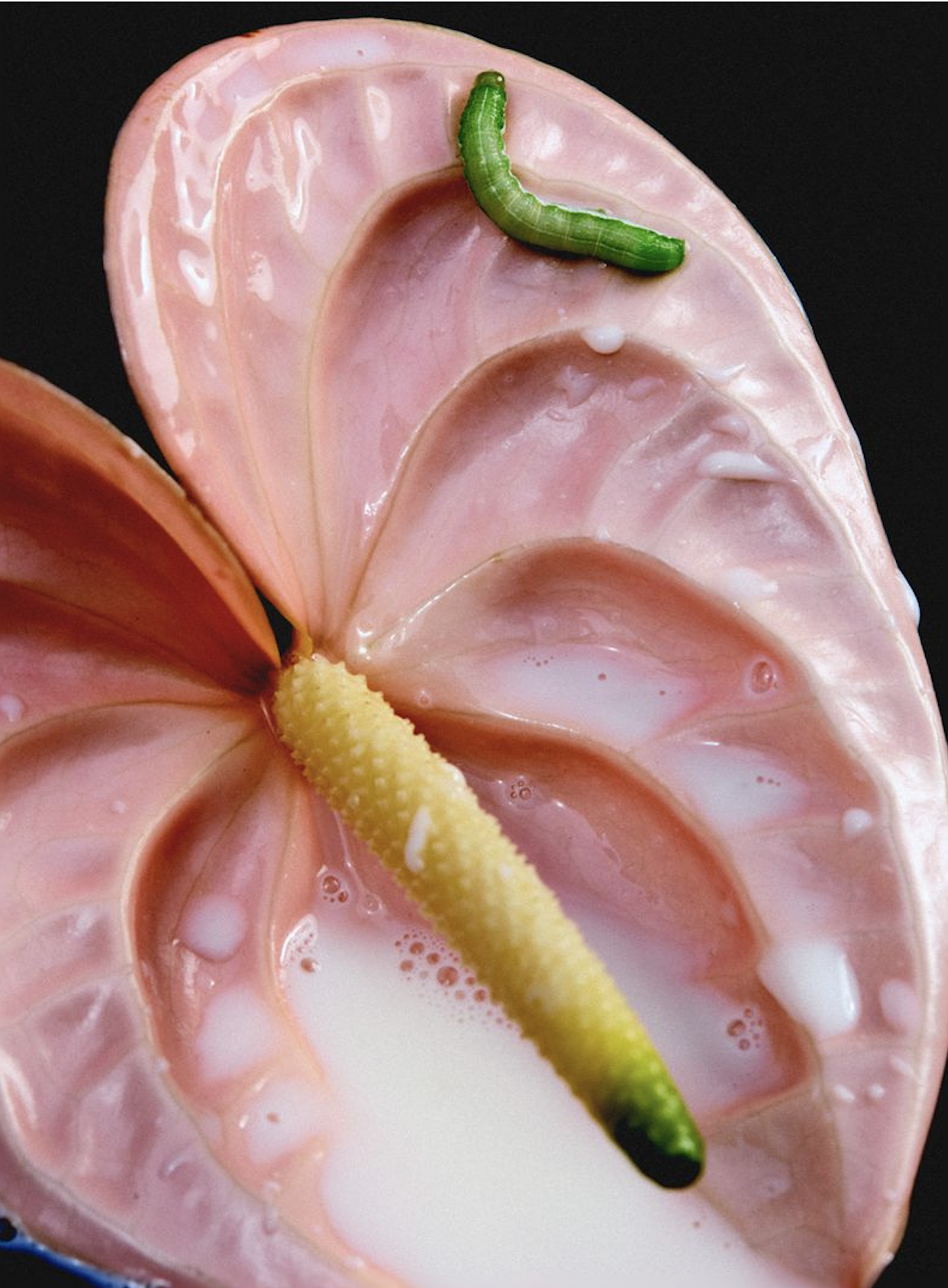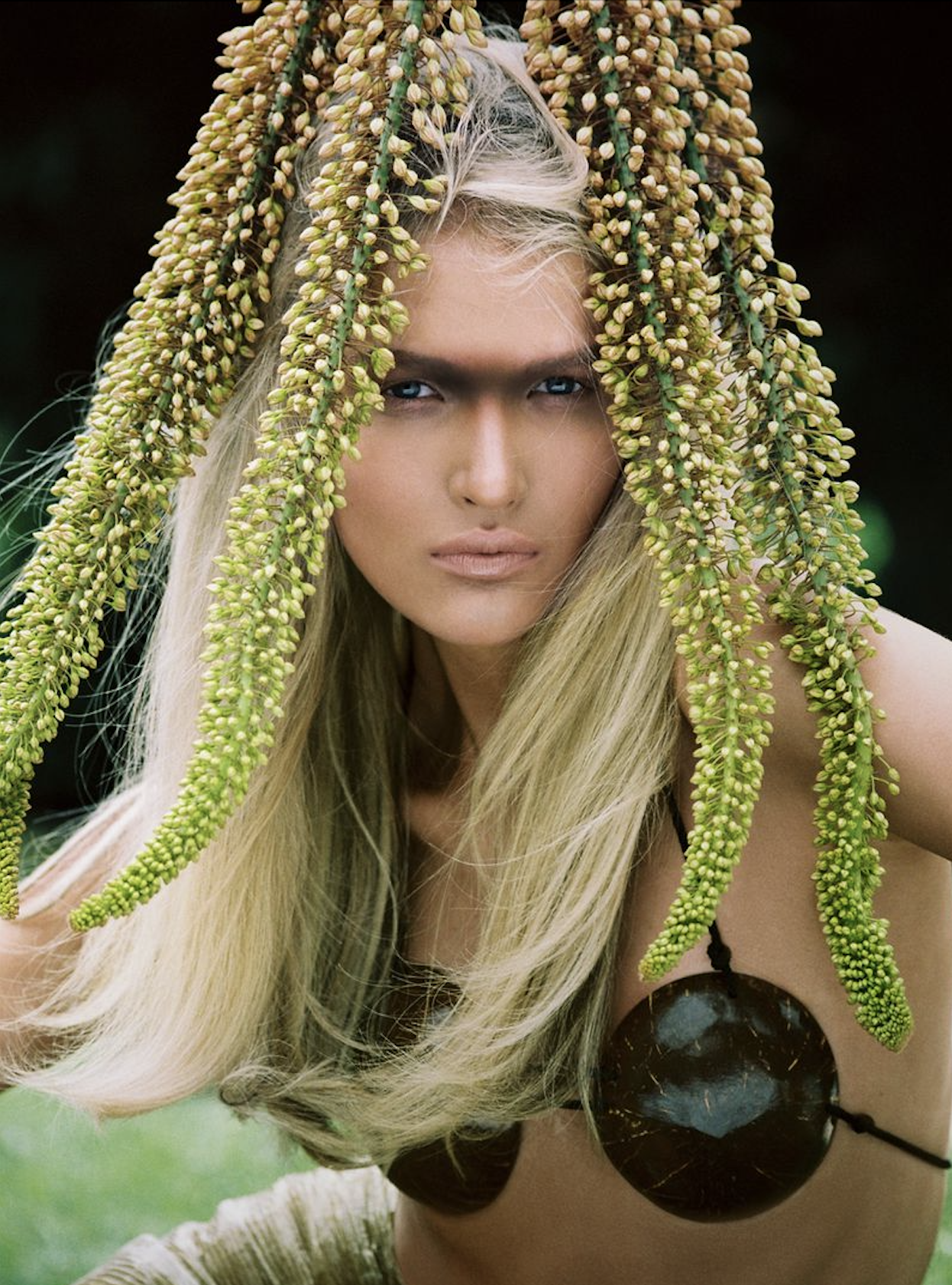More or Less Issue 8: What Our Love of Plants and Flowers Tells Us About Our Politics
/More or Less Issue 8: What Our Love of Plants and Flowers Tells Us About Our Politics AOC Body
Photographer Carlijn Jacobs [IG] walks into the natural world of ancestral traditions and conscious consumption for More or Less Magazine’s [IG] Issue 8. Models Sascha Rajasulu and Yasmin Wijnaldum are styled by Imruh Asha.
Sam Visser is on makeup, representing Dior Beauty; hair and wigs by Olivier Schwalder
In the Beginning . . .
For millions of years, plant life on Earth existed without the beauty and diversity of flowers, relying instead on more primitive means of reproduction such as spores.
The first definitive evidence of flowers traces back to the Cretaceous period, around 130 million years ago, during a time when the Earth's climate and landscapes were undergoing significant change.
Prior to this floral revolution, vegetation was dominated by gymnosperms, ferns, and mosses, which reproduced via less efficient means. The advent of flowers introduced a new mechanism for pollination, often involving intricate interactions with the animal kingdom, particularly insects.
Flowering Plants As Pollinating Central in Evolution
This co-evolution led to a surge in plant diversity and complexity, as flowering plants developed specialized features to attract pollinators, facilitate seed dispersal, and adapt to varied environments. Flowers facilitated the development of a wide array of specialized forms and functions, leading to an astonishing diversity of angiosperms that came to dominate terrestrial plant life.
Flowering plants became foundational components of many habitats. They provided food and shelter for numerous animal species, driving co-evolutionary processes that further enriched biodiversity.
Understanding the origin of flowers not only enriches our knowledge of botanical history but also illuminates the dynamic processes that fuel biodiversity and ecological balance in our present-day world.
Overview Of Human-Plant Interaction Studies Using Brain Science
Fast forward to now and human-invented technologies that explore these human-plant interactions. Modern-day researchers strive to understand the psychological and neurological impacts of plants on humans — including our brains.
One of the reasons that AOC is so fascinated by brain science is that the ‘evidence’ is not based on human-reported data. We’ve previously written about these new technologies in the world human response to color.
Today, human-plant interaction studies have gained interest as researchers strive to understand the psychological and neurological impacts of plants on individuals. Brain imaging techniques, have opened new avenues for exploring these human-botanical interactions. Read on in Body.


